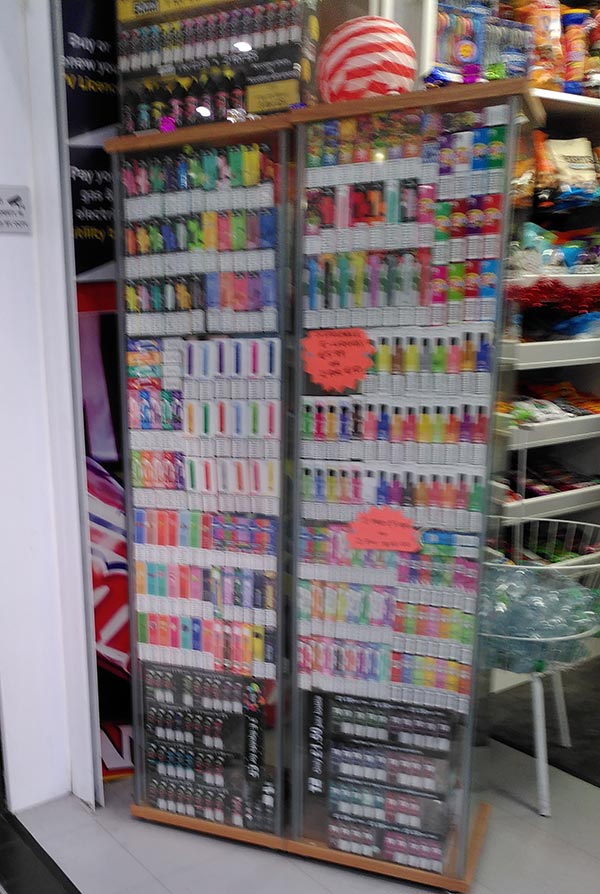Electronic cigarette packaging in context: an exploratory study
This study is funded by Cancer Research UK.

Background
Smoking is the greatest modifiable risk factor for cancer. Electronic cigarettes may reduce cancer risk by increasing the number of people who stop smoking successfully and/or replacing smoking for people who would otherwise have smoked. However, despite evidence showing minimal regular use of e-cigarettes amongst under-eighteens, there have been concerns that children may be attracted to vaping and calls for a precautionary ban on e-cigarette descriptors which reference popular confectionery, and packaging which includes cartoon images popular with children. Conversely, there have been concerns that the mandatory health warnings on e-cigarette packaging may put off smokers looking to switch.
Aims
This study will explore: 1) how e-cigarette packaging is perceived by young people and adults, smokers, vapers, dual users and never-smokers 2) the role of packaging in decisions to try e-cigarettes or to use them regularly, or to use one device or liquid rather than another 3) whether young people are particularly likely to try or use devices or liquids with names that reference popular confectionery, or packaging which includes children’s cartoon characters 4) awareness of the current health warnings on e-cigarette packaging, whether this plays a role in beliefs about relative risks of smoking and vaping, and likelihood of switching from smoking to vaping, and whether a modified health warning would increase this.
Methods
We will interview 40 people aged 16 to 40 in four areas of deprivation and high smoking prevalence in the North of England, Scotland and Wales about their experience of e-cigarettes in their immediate environment. We will ask which products they know, which they or their family and friends use, which do they regard as attractive or off-putting, what they and people around them purchase and why, whether they have seen the health warnings on e-cigarettes, how they understand the relative risk of smoking and vaping, how they perceive e-cigarette packaging and how they understand its role. For context, we will interview 10 staff in independent vape businesses in the fieldwork areas about customer preferences on packaging.
Value
The study will build our understanding of e-cigarette packaging in the UK to help determine whether further regulations on e-cigarette packaging are needed, and if so, provide recommendations to help the Government in developing guidelines that help make e-cigarette packaging both more appealing to their intended audience (people who smoke) but also less appealing to young people and people who don’t smoke.
